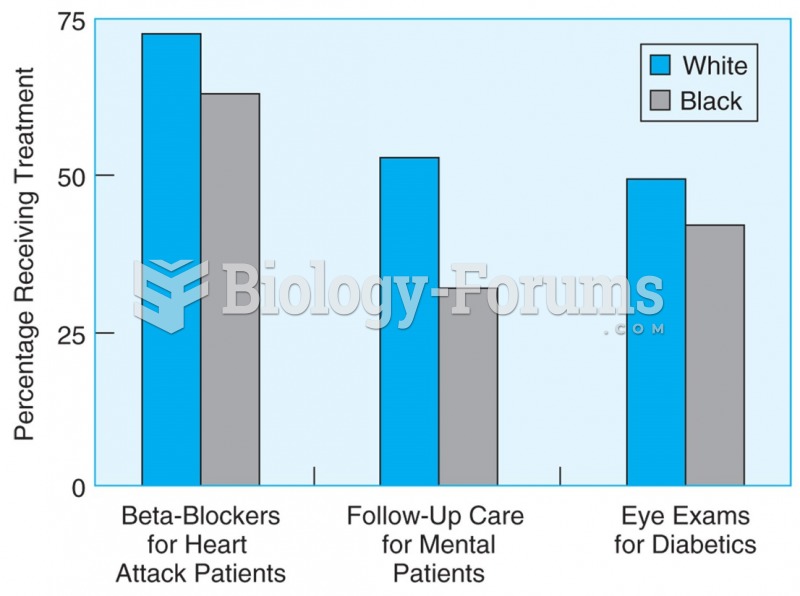Dave received a referral for behavioral treatment of an individual's self-injurious behavior. The individual has profound mental disabilities and is nonverbal. The staff who works with the client stated that the behavior emerged rather suddenly about a month ago, and has been getting increasingly worse. The staff haven't attempted any systematic intervention for the behavior yet because they've been taken by such surprise by it. What should Dave do?
a. Proceed directly to behavioral intervention without obtaining consent because the behavior is self-injurious.
b. Investigate whether the problem might have a medical cause by determining if a medical evaluation has been done recently.
c. Refer the individual to another therapist for talk therapy, since it is wise to attempt solving the problem through other disciplines first.
d. Implement a punishment procedure to immediately suppress the self-injurious behavior. It is unlikely that reinforcement-based interventions will be successful.
Question 2
Which of the following people is practicing within his/her area of competence?
a. Jos was trained as a behavior analyst at his local university. His training consisted primarily of working with children with autism. He is currently practicing behavior analysis in an adult facility for adults with mental retardation.
b. Sally was trained as a behavior analyst working in organizational behavior management. Recently, she was offered and accepted a job as a behavior consultant in a local school district.
c. Shu Lin was trained in experimental analysis of behavior. She examined canabanoids and how they interact with prenatal food restriction to affect choice making responding amongst different food alternatives. She was recently asked to consult on the food refusal behavior of a young child at risk for failure to thrive.
d. Rahul earned his doctorate in special education and is a Board Certified Behavior Analyst. His doctoral studies focused on the assessment and treatment of severe problem behavior. He has worked with children and adults, ages 3 to 35 years. He was recently hired to serve as a behavior specialist in his local school district.







